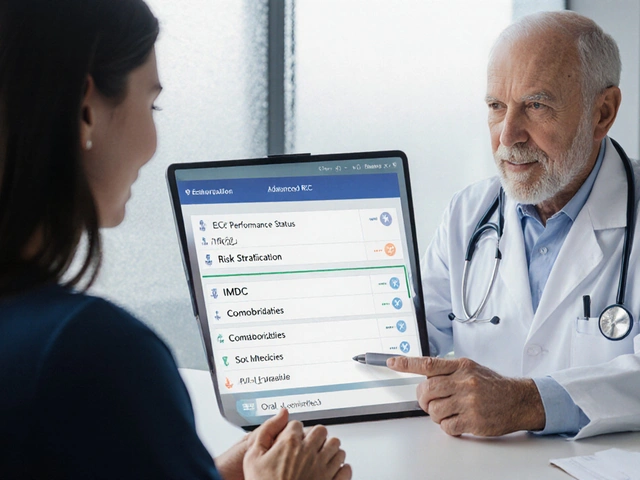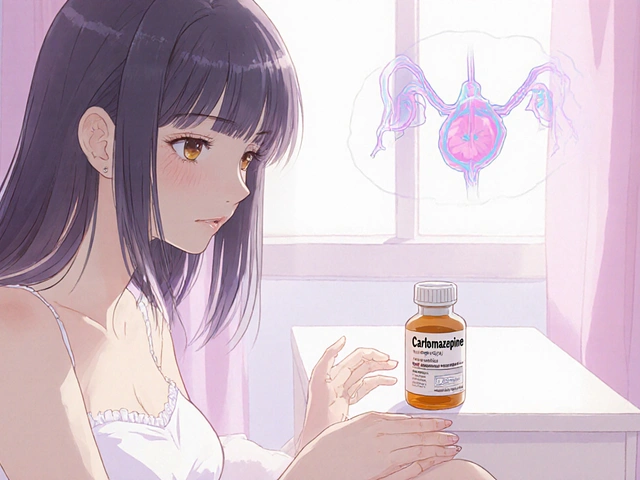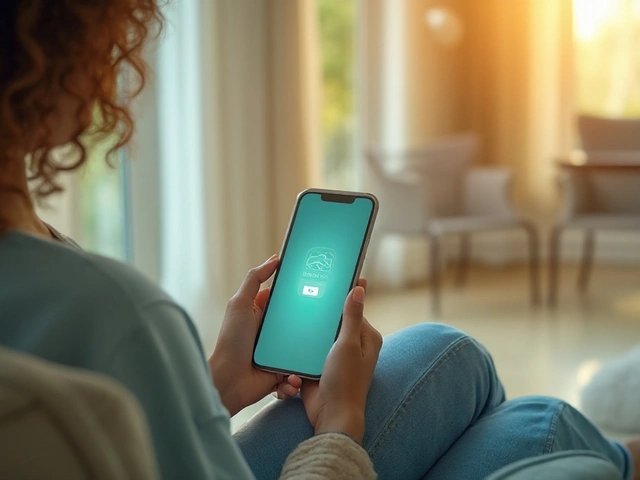Fluoroquinolone Side Effects: What to Watch For
If you’ve been prescribed a fluoroquinolone—think ciprofloxacin, levofloxacin, or moxifloxacin—it’s smart to know what side effects might pop up. These antibiotics work fast, but they can also bring a handful of uncomfortable or even risky reactions. Below you’ll find the most frequent complaints, the red‑flag alerts, and practical steps to keep yourself safe.
Common Side Effects
Most people feel something within the first few days. The usual suspects are:
- Upset stomach, nausea, or diarrhea – the classic antibiotic gut upset.
- Headache or dizziness – often mild, but can hit harder if you’re already prone to migraines.
- Skin rash or itching – a sign the drug is irritating your immune system.
- Temporary change in taste – some report a metallic or bitter flavor that fades after you finish the course.
These symptoms usually settle on their own or improve once you finish the medication. Drinking plenty of water, eating light meals, and avoiding alcohol can make them less noticeable.
Serious Risks You Shouldn't Ignore
Fluoroquinolones have a reputation for a few high‑impact side effects that deserve extra attention:
- Tendon problems: Tendon pain, swelling, or sudden rupture—especially in the Achilles—can occur weeks after stopping the drug. If you feel a sharp or lingering ache while walking, stop activity and get medical help.
- Nerve issues: Tingling, numbness, or burning sensations in the hands and feet (peripheral neuropathy) may develop. These sensations can become permanent if not addressed early.
- Joint and muscle pain: Unexplained muscle cramps or joint stiffness sometimes signal a deeper problem with connective tissue.
- Heart rhythm changes: Rarely, fluoroquinolones can prolong the QT interval, leading to palpitations or fainting. If you notice an irregular heartbeat, call your doctor right away.
- Severe allergic reaction: Hives, swelling of the face or throat, and trouble breathing require immediate emergency care.
These risks are not common, but they are serious enough that you should stop the drug and seek advice if any appear.
Here’s a quick checklist to keep handy:
- Note any new pain in tendons, joints, or muscles.
- Watch for tingling, numbness, or loss of feeling in extremities.
- Monitor heart rate; call if you feel fluttering or faint.
- Look for skin changes—rash, hives, or swelling.
- Contact your clinician if symptoms linger past the prescription period.
Remember, you don’t have to suffer in silence. Your doctor can switch you to a different antibiotic if the side effects outweigh the benefits. Never stop a prescribed fluoroquinolone without checking first, because abrupt changes can affect the infection you’re treating.
Bottom line: fluoroquinolones are powerful tools, but they come with a side‑effect profile that’s worth knowing. Spotting the warning signs early, staying hydrated, and keeping an eye on any unusual aches can help you finish the course safely. If anything feels off, reach out to your healthcare provider—better safe than sorry.

Noroxin (Norfloxacin) Uses, Side Effects, Dosage, and Safer Alternatives in 2025
What Noroxin (norfloxacin) is, who should and shouldn’t use it, 2025 availability, dosing, major risks, interactions, and safer antibiotic alternatives.




